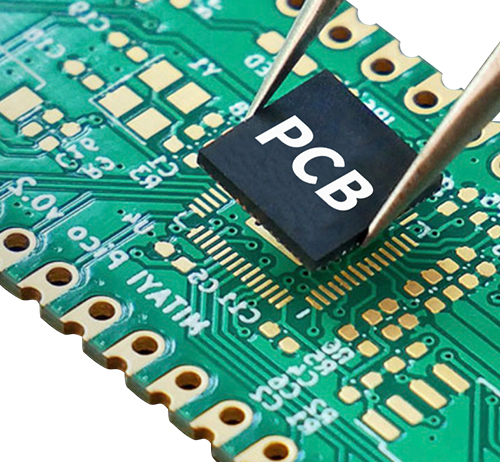Time:2022-12-12 Visit:
No matter the performance of the flux is high or low, it will be more or less corrosive. The residue and residue after soldering the circuit board will lead to different problems such as corrosion, electric leakage, ion migration, etc. Therefore, removing the residue of flux will certainly be regarded as an important treatment work by the operator. What is the effect of the treatment? Now let's talk to the editor of Shenzhen Zhongke PCB Factory about the need for appropriate methods to verify and track this aspect.
The cleaning effect of circuit board after soldering should be based on the amount of residual ion residue in solder joints. The specification adopted by MIL is MIL-P-2880955110, and the resistivity should be above 6MQ cm in the test. The resistivity of the measured metal shall be calculated after the unit area and quantitative cleaning, and the resistance shall be kept above 2MQ cm in terms of cleanliness.

Representative cleanliness testing methods include Ionogurafu and omegaMeter, which are recognized as simple methods for measuring cleanliness in MIL specification. The principle of any method is that ionic dirt remains on the solder joint after cleaning treatment and is extracted through solvent to measure its conductivity change as an indicator.
The cleanliness measurement method of Ionogufafu method is that the measured metal is immersed in a solution with high resistivity (lsoburobirurukoru 75% distilled water 25%), and the ionic substances in the pollutants are extracted to obtain the cleanliness through the change of the conductivity of the solution. The cleanliness index is based on the calculated sodium chloride equivalent, which indicates the ion pollution degree (ugNaCI/cm2). If the residue cannot be dissolved in lsoburobiruarukoru by this method, the pollution degree cannot be determined.